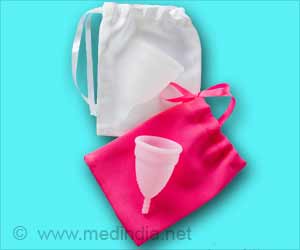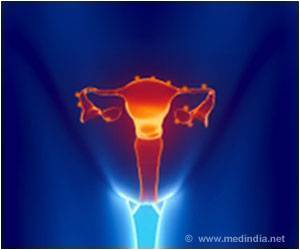Updated American College of Obstetricians and Gynecologists' (ACOG) recommendations say that women should begin annual mammogram screening at age 40.

The updated ACOG recommendations, now in-step with those of breast cancer experts, differ from the guidelines of the United States Preventive Services Task Force (USPSTF). ACOG, like ACR, SBI, and others, placed greater importance on saving lives while the USPSTF was primarily concerned with reducing false positive studies, most of which are resolved by a few additional mammographic views or ultrasound. The USPSTF relied largely on computer modeling to argue that, in women 40-49, only those with a family history of breast cancer or other high-risk factors should be screened and that women 50-74 be screened biennially. However, there is no scientific data to support the age of 50 as a biological threshold for screening. It has been artificially marked by inappropriate grouping of data.
Moreover, 75 percent of women who develop breast cancer are not considered at high-risk for the disease. Screening only high risk women would miss three-quarters of breast cancers. The USPSTF conceded that biennial screening of those 50-74 would miss up to a third of cancers present. A report by Hendrick and Helvie, showed that if USPSTF breast cancer screening guidelines were followed, as many as 100,000 women, now ages 30-39, and preparing to enter screening age, would ultimately die unnecessarily from breast cancer.
Mammography is not perfect. It does not identify all breast cancers. However, at present there is nothing to replace mammography as a primary screening tool. By not getting annual mammograms, women increase their risk of dying from breast cancer. In addition, mammography can find cancers at an earlier stage when treatment options are greater.
Women ages 40 and older are strongly encouraged to seek annual mammograms. Those with a family history of breast cancer or other factors that place them at elevated risk for the disease should speak with their doctor about being screened even earlier.
Source-Newswise











